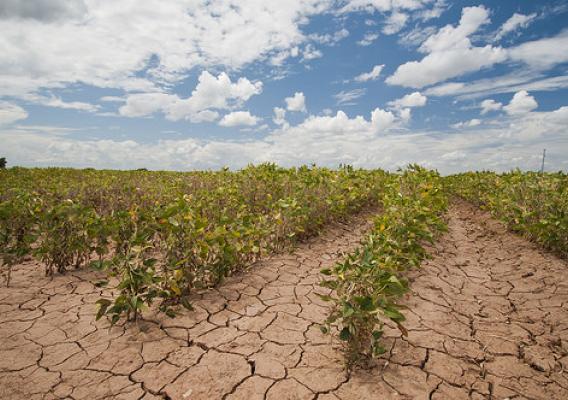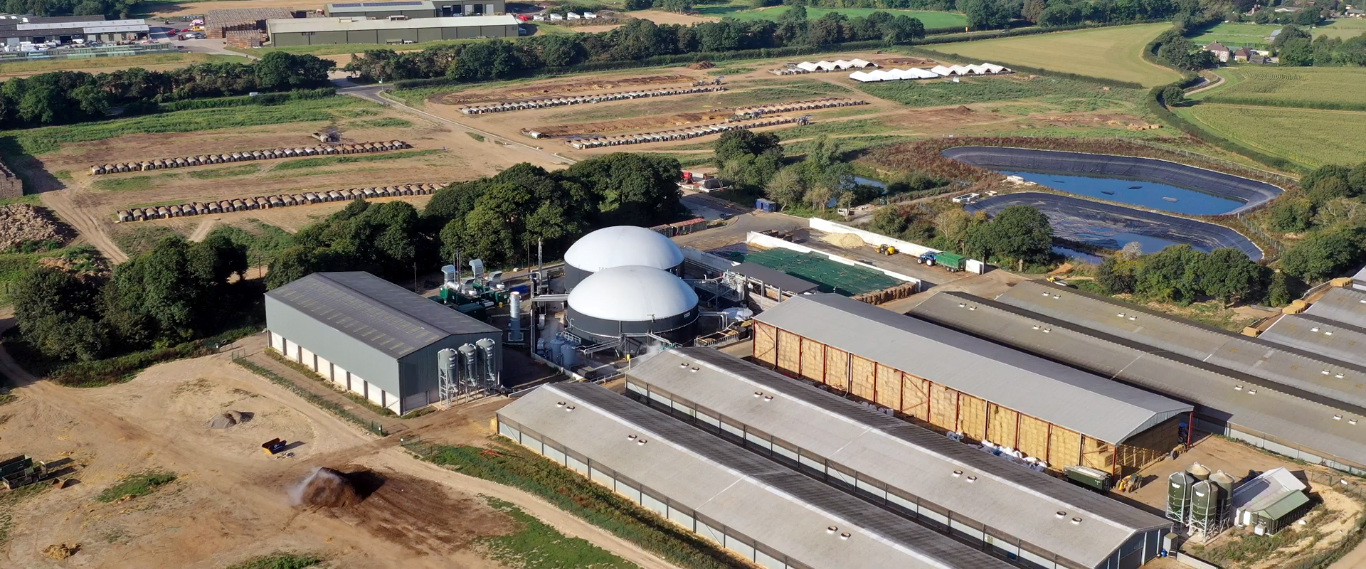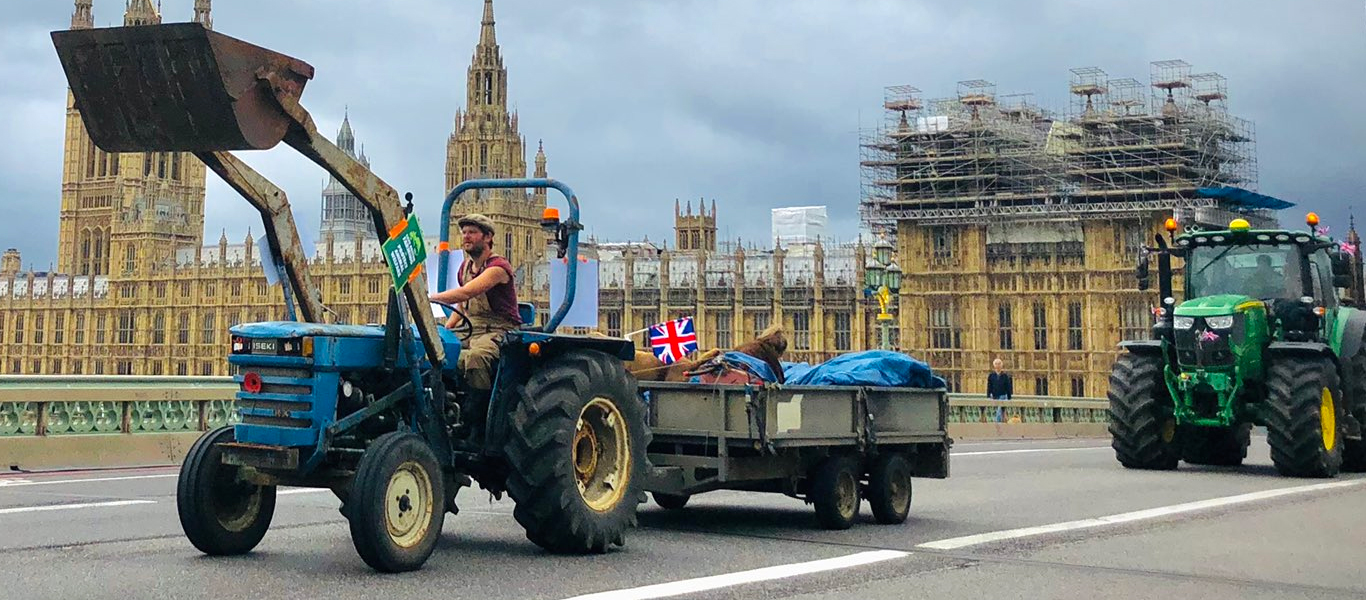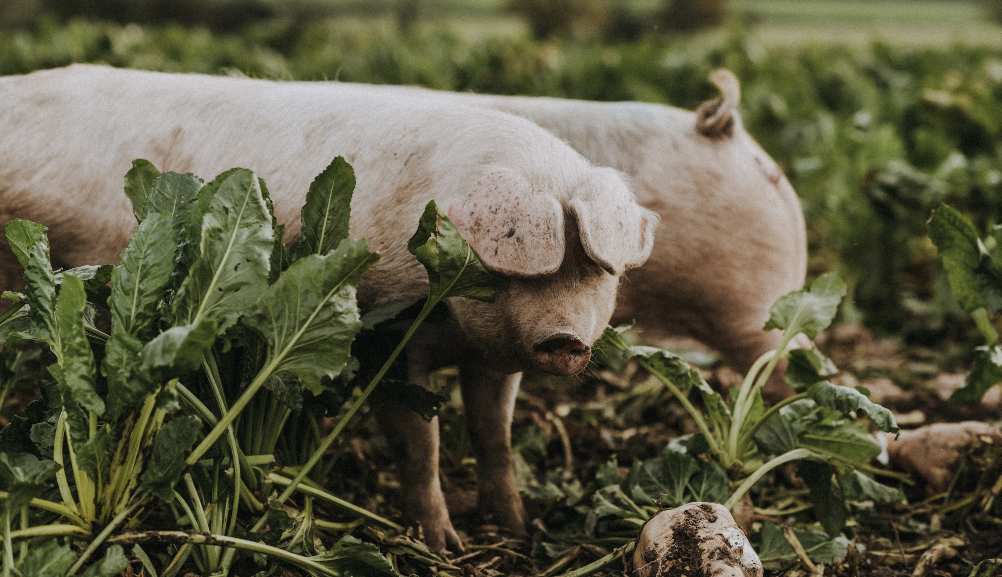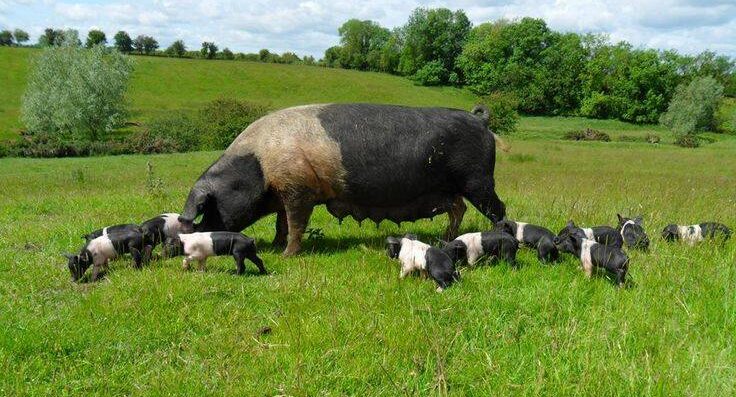The new Global Alliance for Climate-Smart Agriculture is due to be launched tomorrow and, although some praise the intentions of the alliance, many argue that it could just be used to ‘greenwash’ existing agricultural practices and even undermine sustainable farming.
The need for action to be taken to control climate change is clear, as is agriculture’s contribution to the problem. Furthermore, the affects of climate change are felt extremely strongly by the agricultural industry and this has knock-on effects on food security. This is of particular prominence for subsistence farmers and their communities in the Global South, where increased frequency of droughts and floods have wreaked havoc with harvests and where food security is already an issue. Currently, 1 in 8 people are considered ‘food insecure’,[1] meaning that they don’t have consistent access to sufficient food and most of these people live in the Global South. This issue is further compounded when it is predicted that the world population will increase to 9bn by 2050,[1] most of this increase being in developing countries. Therefore, access to food must be increased significantly in the next 30-40 years and finding a way to do this is difficult when trying to simultaneously mitigate climate change. The food system currently contributes between 19-29% of global greenhouse gas emissions and agriculture is responsible for 75% of carbon releasing deforestation.[2]
This has led to international discussions linking the three issues of agriculture, climate change and food security, which began in 2010. This was organised by a number of governments, the FAO and the World Bank and after several further meetings led to the Global Alliance for Climate-Smart Agriculture, which is being launched tomorrow. The idea sounds very promising, one would think that four years of discussions and a ‘Global Alliance’ could produce a solution that was truly ‘smart’. However, it isn’t clear whether this Alliance will actually bring about significant change, and if so whether it will be in the true interests of a sustainable future for the planet. There is a lack of clarity over almost everything relating to the Alliance, including fundamental aspects such as approach, budget and membership.
The alliance has three ‘aspirational outcomes’: [1]
1. Sustainable and equitable increases in agricultural productivity and incomes
2. Greater resilience of food systems and farming livelihoods
3. Reductions or removal of greenhouse gas emissions associated with agriculture where possible (including the relationship between agriculture and ecosystems)
Having the three key elements of the ideal solution clearly defined is a good place to start, however it is important to note that these are referred to ‘aspirational outcomes’, and are not measurable targets. Furthermore, the clarity that is established in having three key bullet points is immediately undermined by the next section: ‘Members of the Alliance acknowledge that it may not always be possible to achieve all these objectives simultaneously and balance might differ.[1]
With a need to appeal to as wide as possible a group of members and to bring on board upwards of 100 nations, companies and farming organisations, perhaps a degree of hedging is advisable. But, the wording becomes increasingly vague to the point where one wonders whether any member is in fact signing up to anything concrete at all: ‘Context-specific priorities and solutions need to be aligned with national policies and priorities, and be determined based on the social, economic and environmental conditions at site, including the diversity in type and scale of agricultural activity, as well as evaluating the potential synergies and tradeoffs and net benefits’.[1]

However, whether concrete or not, the three key aims are of extreme significance to the future of the planet and implementation requires, in many cases, substantial financial backing. It is disappointing therefore, that the Alliance itself does not appear to have a very large budget. In fact it is hard to find any mention of budget or of any work to be undertaken by the Alliance itself. Instead, the Alliance will have to rely on the goodwill and actions of its individual members to drive its agenda. The best the Alliance aims to do is to: ‘inspire its members’, ‘encourage concerted advocacy’ and to be a ‘voluntary association whose members… support the adoption and implementation of climate-smart agriculture’.[1] It is hard to see how the important aims of improving smart and sustainable agriculture can be achieved through these supportive words.
If the words and budget are vague, so is how the organisation might actually operate. The launch document tells us little about what it intends to do once it is brought into existence other than that there is a plan to ‘meet initially after its launch as a leadership level forum to agree upon an initial work plan for its inception year’.[1] In other words, there is no agreement yet on what it will do.
What has also been unclear in the lead up to the launch is the membership of the Alliance. The project has been led, primarily, by the governments of South Africa, The Netherlands and Vietnam and states that members will include ‘governments (from countries at all levels of development), businesses, farmers ‘organizations, civil society groups, producer organizations, research bodies and intergovernmental entities’.[1] Whilst it is known that businesses such as Sygenta, Yara and Kellog’s were involved at the last meeting in the Hague,[3] the involvement of producer organisations and farmers’ organisations is unclear. In fact, there have been rumblings of discontent amongst civil society groups that support small-scale producers, particularly in developing countries. Such groups are concerned with the vagueness of the Alliance as well as the lack of attention given to agriculture in the Global South. It is felt by many that the burden of responsibility to mitigate climate change has been shifted from the over-consuming population and big agribusiness based in the North to the shoulders of poor subsistence farmers in Africa and Asia.
There are further doubts about the Alliance and even it’s potential to undermine its aim of sustainable agriculture. The same quote from earlier ‘Members of the Alliance acknowledge that it may not always be possible to achieve all these objectives simultaneously and balance might differ’[1] not only provides a cushion for failure to meet the three goals, but could potentially allow unsustainable practices to be pursued under the environmentally friendly sounding title of ‘Climate-Smart Agriculture’. For example, if ‘balance’ were to shift more heavily to one of the aims such as resilience to climate change, CSA could be used to promote the increased use of chemical pesticides and herbicides. However, these chemicals are often petroleum based[4] and their production and transport requires large amounts of energy derived from the combustion of fossil fuels, and therefore does not necessarily meet the third aim.
The vagueness of the alliance is also a potential pitfall in preventing unsustainable practices from continuing under it’s name. The cultivation of GM crops and the intensification of livestock production, to name two examples, though considered by many to be unsustainable practices, could be promoted through the alliance. Animal factories, particularly of ruminants such as cattle are often advertised as having lower GHG emissions than operations where the cattle are fed on grass pasture. This could therefore meet the third ‘aspirational outcome’ to reduce GHG emissions. Even if the growing of feed (often GM soya[5]) and transportation emissions were taken into account, the pollution caused by such intensive farming is completely overlooked, as is the use of drugs. The drugs such as antibiotics needed to facilitate the operation of intensive farms are becoming increasingly ineffective and although intensive farms may meet one or more aims of CSA, they themselves cannot be sustained indefinitely.
The Global Alliance for Climate-Smart Agriculture is attempting to tackle a substantial and very important issue that the world faces as we look to the future. However, it is hard to establish exactly how it will be able to tackle an issue of such proportions. There is even cause for concern that it could be harmful to the very interests of the alliance. The documentation is vague, which could potentially allow unsustainable practices to be promoted in its name and there is no filtering of members. Any organisation is able to become a member and there is no obligation to participate once signed up.[1] There is fear, therefore, that the CSA could end up being nothing more than a ‘greenwash’ that businesses use to advertise their work and that assuages the conscience of the greedy western citizen.
1 http://www.fao.org/climate-smart-agriculture/41760-0c193f4f5f7f53aa75f8927278f97362e.pdf
2 http://ccafs.cgiar.org/bigfacts2014/#theme=food-emissions
3 http://br.boell.org/sites/default/files/uploads/2014/09/epaper_climate_smart_eng_boll_brasil18.09.014.pdf
4 http://www.dpi.nsw.gov.au/__data/assets/pdf_file/0009/137646/petroleum-sprays-citrus.pdf
5 http://www.foe.co.uk/sites/default/files/downloads/gm_animal_feeds.pdf
Share This Article
Related ArticlesView All
Good Food, Good Farming March 2022
The Landworkers’ Alliance ‘Good Food Good Farming‘ London march was one of a growing number of worldwide farmer protests against… Read More
Anaerobic Digesters Facilitating UK Factory Farm Expansion
Malcolm McAllister, CEO of Farm Renewables UK, paints a rosy picture of the anaerobic digester (AD) plants which his company… Read More
New Trade and Agriculture Commission is ‘a Trojan Horse’ That Will Not Protect UK Farmers
International Trade Secretary Liz Truss, has promised that the Trade and Agriculture Commission will protect UK farmers from imports of… Read More
#SaveBritishFarming London March
Yesterday, farmers and activists gathered in London to protest the real prospect of sub-standard imports from the US that would… Read More
Farm Case Study 9: Pipers Farm, Devon
Peter at Pipers Farm rears free-range Saddleback pigs. His online business provides healthy, sustainable, high welfare meat straight to people’s… Read More
Farm Case Study 7: June’s Farm, Rutland
June at June’s Farm, breeds Large Blacks crossed with Saddlebacks. The pigs are slowly grown, fed naturally, kept outside and… Read More
